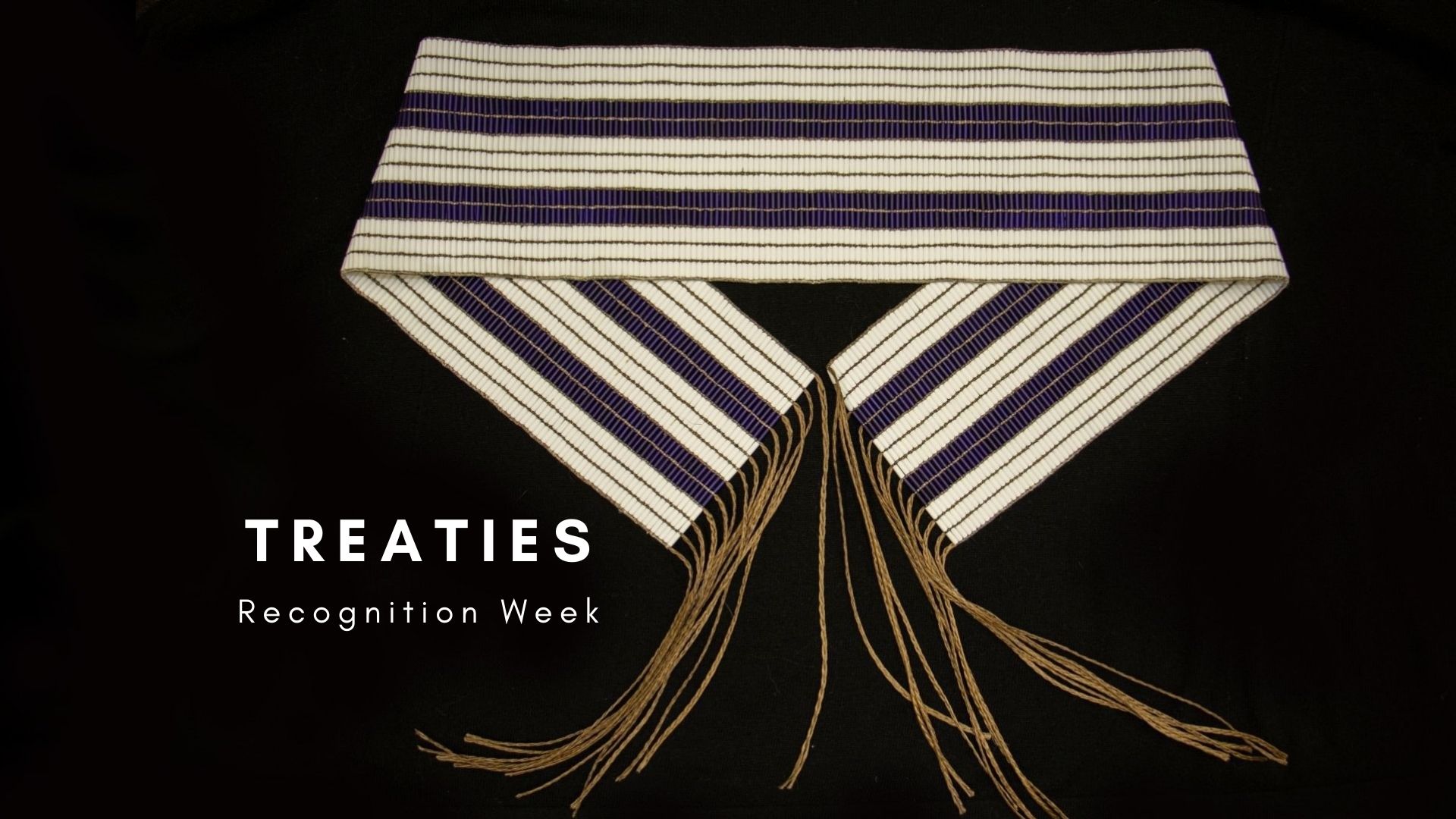
The library invites you to explore a variety of resources this week to learn more about treaties and the land that you live, work and gather on.
From print to electronic books, primary archival resources, online videos and even physical replicas of existing treaties in the form of wampum belts, a form of treaty used in 1600’s to establish relationships between certain Indigenous communities and early European settlers.
There are many ways to understand how we are all treaty people.
The Leddy Library has prepared a collection of books and other resources regarding local history and treaties for you to explore. It has been supplemented with a collection of children’s materials regarding treaties, and a list of books from a broader perspective regarding treaties from both European and Indigenous perspectives.
- Wampum Belts
While European text-based treaties are indeed an important resource to use in the classroom, the Leddy Library provides access to two replica wampum belts for faculty and staff to use in their teaching, the Two Row wampum belt used in 1613 to mark the agreement of Turtle Island and the Dish with One Spoon used in 1701 during the Haudenosaunee Confederacy.
In addition, the Curriculum Resource Centre collection also includes a Lego wampum belt kit “We are all...Treaty people,” for education students to assist in indigenizing the curriculum and decolonizing their classrooms from k-12.
Two Row Wampum
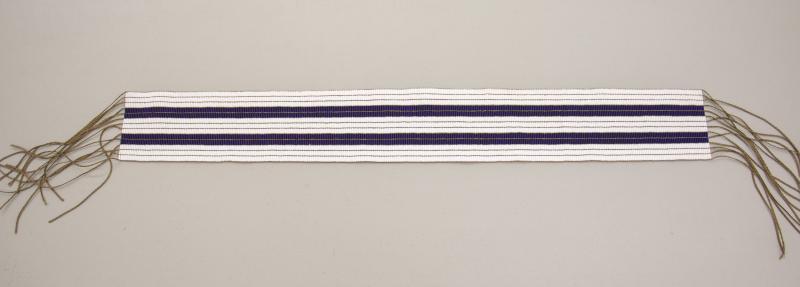
Dish with One Spoon
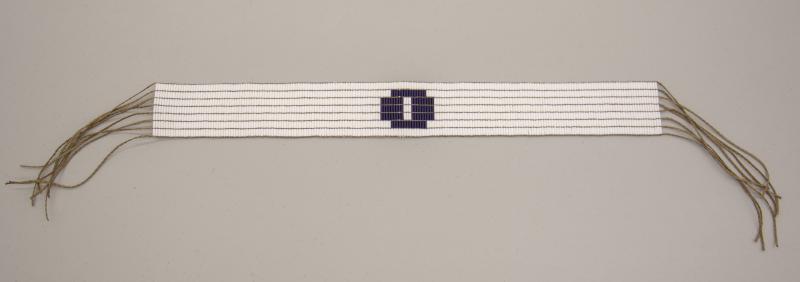
What is Wampum?
Archives & Special Collections
Treaties are part of a wider array of interactions and agreements between Indigenous people and settlers, including land grants such as this one between the Huron and the Jesuits in our area.
The Leddy Library's Archives and Special Collections holds the original copy of this land grant that dates back to 1780.
A digital copy of the Huron and the Jesuits Land Grant, representing an agreement about land the main campus the University of Windsor resides within, can be seen below along with an English translation.
Original Copy of Huron and the Jesuits land grant, 1780:
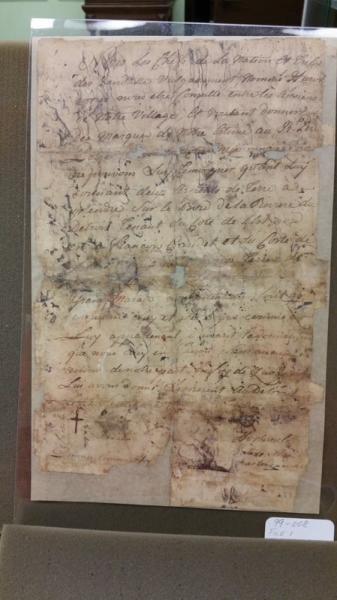
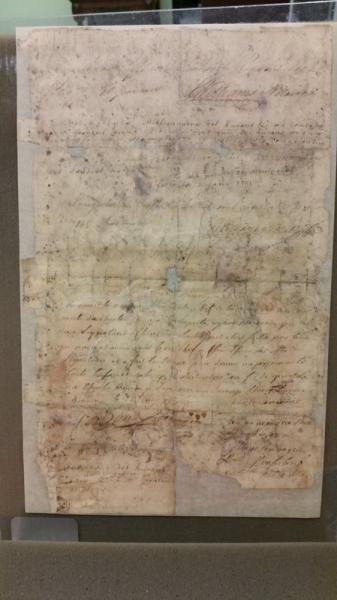
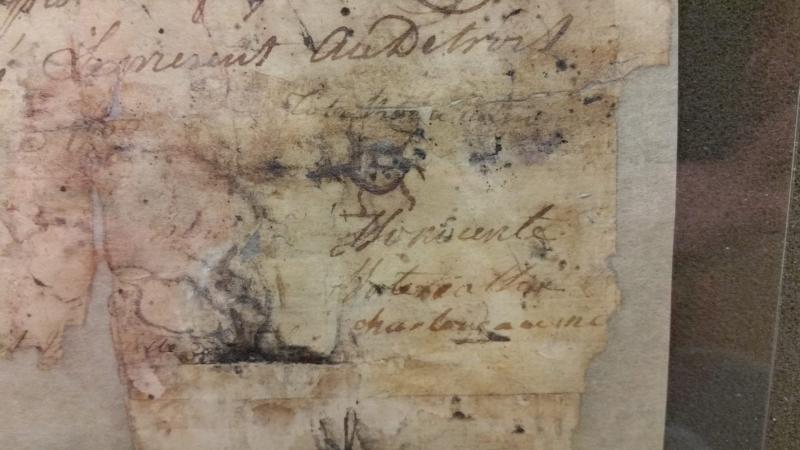
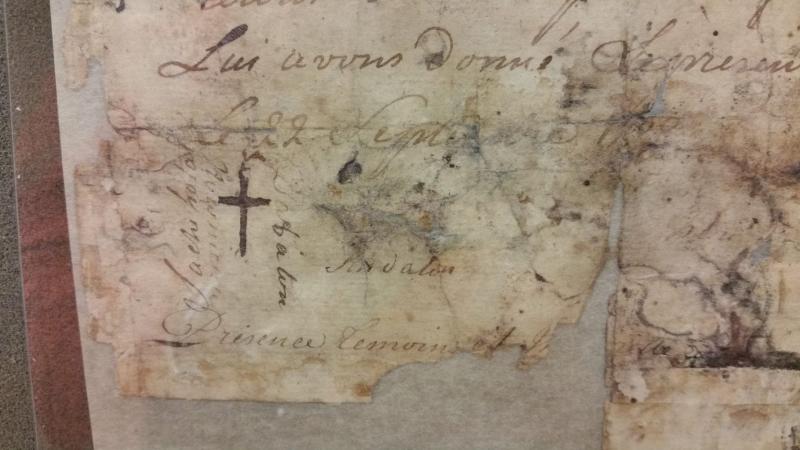
Translation in English:
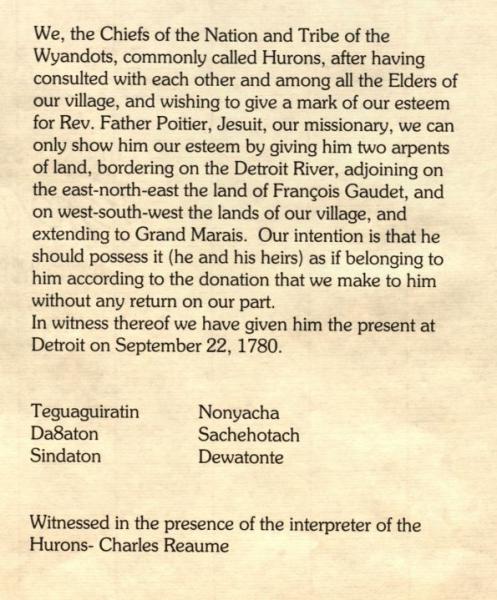
Using GIS to Understand Treaties
- Aboriginal Lands of Canada Legislative Boundaries - Online interactive maps and GIS data for legislative boundaries of Indian Reserves, Land Claim Settlement Lands and Indian Lands for all of Canada.
- First Nations Settled and Unsettled Land Claims in Canada – GIS data includes settled and unsettled land claims in Canada as of 2013, created by the Conservation Biology Institute.
- Historic First Nations Treaties in Canada - GIS datasets that include pre-1930 treaty boundaries, Created by Global Forest Watch Canada.
- Treaties, Claims, and Agreements Maps - Various thematic mapping products on treaties undertaken by the Aboriginal Affairs and Northern Development Canada.
- Maps of Treaty Making in Canada – A series of downloadable maps illustrating the pre-1975 treaty boundaries of Canada, that were negotiated between 1725 and 1923.
- Pan-Inuit Trails – The Atlas provides a synoptic view of Inuit mobility and occupancy in most of the Canadian Arctic, as documented in written historical records (Inuit trails and place names).
- Native Land - an interactive map of Indigenous territories, languages and treaties around the world with a focus on Canada, US, Australia and New Zealand.
- Ontario First Nations Maps - Map of Ontario treaties showing locations of First Nations.
- GIS Resources for Indigenous Studies (Carleton University Library) - A data guide for using geospatial resources for research in Indigenous Studies.
Videos: Indigenous Voices on Treaties
Each year in Ontario, Treaties week is recognized to honour the importance of treaties and to help Ontarians learn about treaty rights and treaty relationships.
The Government of Ontario website has put together 10 videos showcasing Indigenous speakers who share their knowledge about the importance of treaties, treaty relationships and rights in Ontario.
Watch the videos below or visit https://www.ontario.ca/page/videos-indigenous-voices-treaties for more information.Darrell Boissoneau on pre-Confederation treaties
Bentley Cheechoo on treaties’ impact on his family
Gerry Duquette Jr. on treaty responsibilities
Margaret Froh on Métis experiences with treaties
Angela Loft on the importance of gift giving
Sylvia Maracle on how the treaty process has changed
Cora-Lee McGuire-Cyrette on oral history and women’s role in treaty signing
Maurice Switzer on reconciliation and treaty recognition
Anne Taylor on Treaty 20 and land stewardship
Doug Williams on treaties' impact on First Nations languages and cultures

Connect with your library